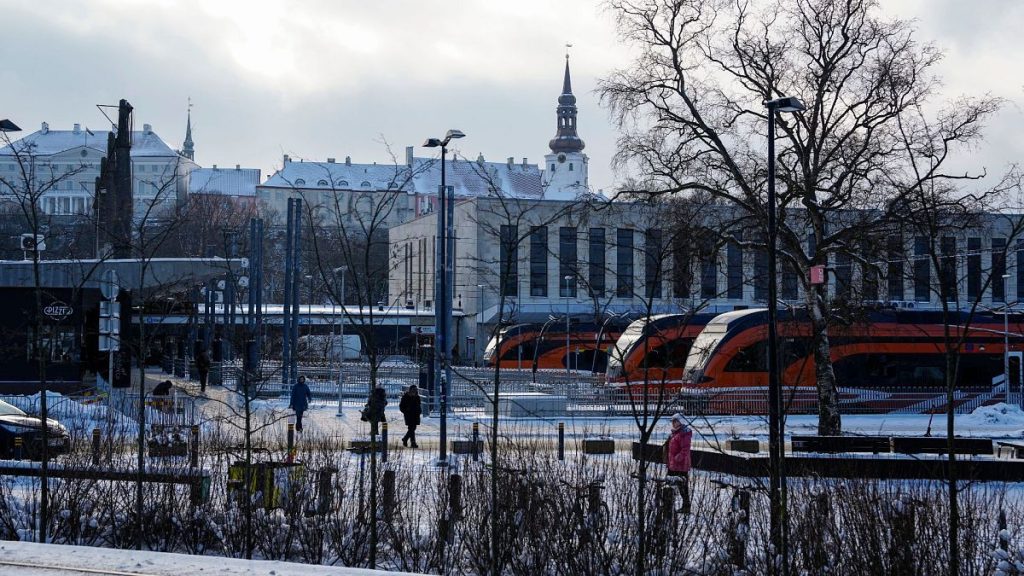The Rail Baltica project, aimed at connecting Estonia, Latvia, and Lithuania with high-speed rail by 2030, is still set for completion by the end of the decade. Initially planned for a 2025 debut, the project will link the capitals of Tallinn, Riga, and Vilnius with passenger trains running at speeds of up to 250 kph. The joint venture, launched in 2014, has faced financial troubles and delays, with completion now estimated to cost up to €19 billion more than the original €3.5 billion budget. Despite challenges, officials remain committed to starting passenger and freight train traffic on the entire Rail Baltica route by 2030.
The financial aspect of the Rail Baltica project has been a major factor in its delays, with a joint report by auditors from the Baltic states highlighting the need for additional funding to ensure completion. Construction of the 870-kilometre rail track from Tallinn to Kaunas, Lithuania, and onward to the Polish border began in 2019 but has been plagued by disputes between Baltic governments over the route. Originally planned for a 2025 launch, the project is now at least five years behind schedule. Critics argue that the small population base in the Baltics makes the project economically unfeasible for passenger travel, suggesting a focus on cargo as well.
The Rail Baltica project is seen as a symbolic return of the Baltic States to Europe, aiming to replace the Soviet rail infrastructure inherited by Estonia, Latvia, and Lithuania in the 1990s with a modern European standard gauge. Once completed, the high-speed train is expected to reduce travel time between Tallinn and Vilnius to three hours and 38 minutes, significantly faster than the current journey. The project will also establish connections to Warsaw, Poland, and eventually Berlin, representing a key target for the Baltic governments. Given the changing geopolitical situation in the region following Russia’s invasion of Ukraine, the need to invest in infrastructure for military transport has become increasingly important.
The Baltic states, which share borders with Russia, emphasize the strategic importance of the Rail Baltica project in ensuring rapid and efficient transportation of military equipment. Finland, indirectly involved in the venture due to its ferry connections with Estonia, is also impacted by the new rail infrastructure. The project aims to strengthen connections within the Baltic Sea region and improve access to key European cities. Despite challenges such as escalating costs and delays, officials remain committed to completing the project by the end of the decade and realizing the vision of a modern, high-speed rail network connecting the Baltic states with the rest of Europe.
In conclusion, the Rail Baltica project represents a significant undertaking to modernize rail infrastructure in the Baltic region and strengthen connections with the rest of Europe. Despite financial challenges and delays, officials maintain their commitment to completing the project by 2030 and envision a future where high-speed trains link Tallinn, Riga, and Vilnius with major European cities. The project’s symbolic significance in reconnecting the Baltic States to Europe and its strategic importance for military transport underscore the broader geopolitical implications of this infrastructure development. With support from the European Union and a focus on efficiency and cost-saving measures, the Rail Baltica project aims to deliver a transformative transportation network that will benefit both passengers and cargo transport across the region.


